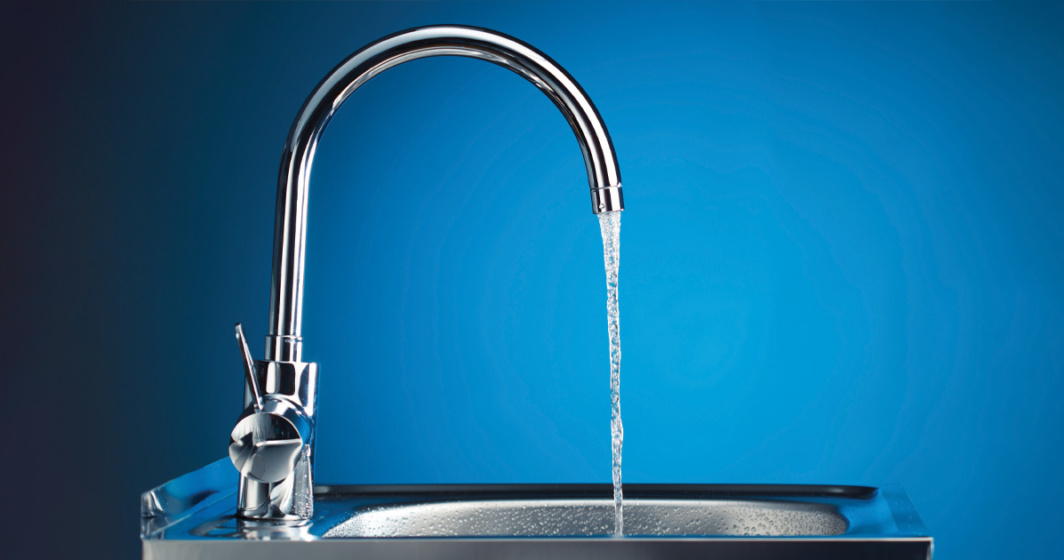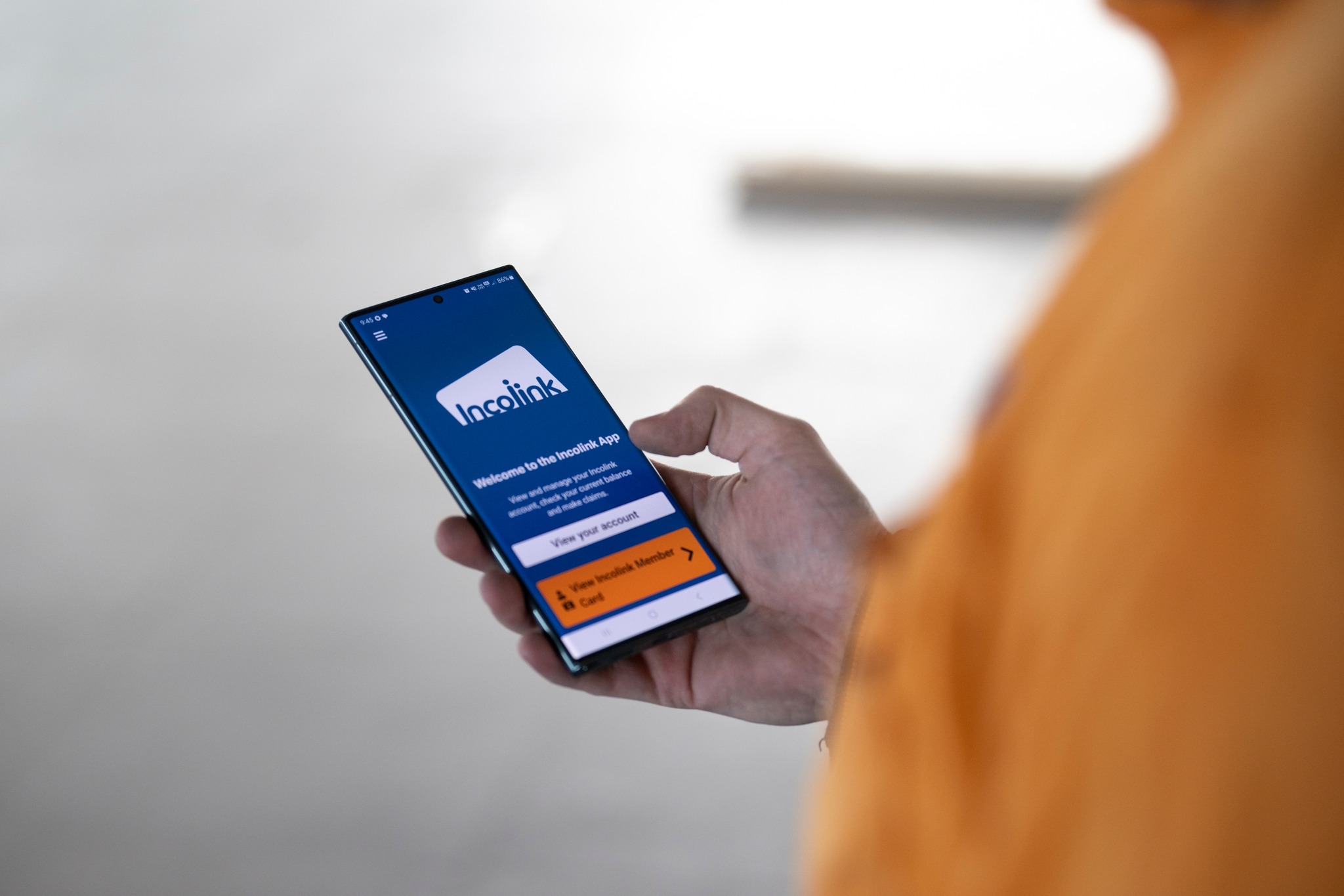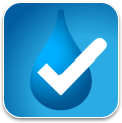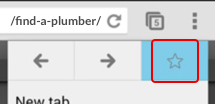The Australian Building Codes Board (ABCB) has issued an advisory notice for all stakeholders impacted by the WaterMark Certification Scheme.
The new Notice warns plumbers and other stakeholders about the upcoming limitation to the allowable content of lead in certain plumbing products.
The Australian Building Codes Board (ABCB) decided to limit the allowable lead content in plumbing products, which contain copper alloys and are intended for use in contact with drinking water, to a weighted average lead content of not more than 0.25%. Drinking water is defined in the NCC as “water intended primarily for human consumption, but which has other domestic uses”.

The lead-free requirements were set out in clause A5G4(2) of the NCC 2022, Volume Three Public Comment Draft, published by the ABCB Office on 10 May for public comment until 11 July 2021.
In recognition of the impact of this change for industry, the ABCB agreed to a 3-year transition period, to commence upon the adoption of the amended NCC Volume Three on 1 September 2022, to enable the recertification of such products.
From 1 September 2025, clause A5G4(2) of the NCC Volume Three will take effect. Only products WaterMark certified as conforming to the lead-free provisions, where required, will be authorised for use in plumbing installations.
Products that do not conform to the lead-free provisions will no longer have valid certification and will not be authorised for use in contact with drinking water.
Gary Bath, Senior Technical Advisor at Master Plumbers says: “We are very supportive of limiting lead content in fixtures, fitting and pipework that are in contact with drinking water.”
However, he adds, Master Plumbers is concerned that the requirement to conform will fall squarely on the installing plumber and even impact consumers who increasingly purchase these products direct.
“Currently Watermark is used to easily identify products approved for use in a potable water system. It’s not entirely clear whether products that conform with the lead-contact requirements will be marked in any way or whether an installing plumber would be required to ‘search the Watermark database’. This is not an easy option. We have advocated strongly for a lead-free stamp or logo to make it clear and simple so everyone can conform to the new rules.
For more information on the new rules, contact the ABCB Office directly on 1300 134 631 or email [email protected].
A5G4 Evidence of suitability - Volume Three (PCA) 2022
Any product that contains copper alloy and is intended for use in contact with drinking water must have a weighted average lead content of not more than 0.25% verified in the form of either:
- a test report provided by an Accredited Testing Laboratory, in accordance with NSF/ANSI 372; or
- a WaterMark Licence issued in accordance with (3) if it includes compliance with NSF/ANSI 372.
Application:
Products subject to the requirements of A5G4(2) are specifically nominated in the WaterMark Schedule of Products.
Exemption:
- Products that are used exclusively for non-drinking uses such as manufacturing, industrial processing, irrigation, or other uses where water is not anticipated to be used for human consumption are excluded from the requirements of A5G4(2).
- Products excluded from the requirements of A5G4(2) are specifically nominated in the WaterMark Schedule of Products.
Explanatory information:
1 . Some examples of products subject to A5G4(2) include:
- Copper alloy fittings.
- Stainless-steel braided hoses.
- Valves (such as valves used for isolation, backflow prevention, alteration of pressure and temperature).
- Taps and mixers.
- Water meters.
- Pumps (for use with cold and heated water services).
- Water heaters.
- Residential water filtration equipment.
- Water dispensers (such as boiling and cooling units, drinking fountains and bottle fillers).
- Fire sprinkler systems connected to the cold-water service that are not isolated from fixtures and fittings intended to supply water for human consumption.
2. Some examples of products excluded from the requirements of A5G4(2) include:
- Shower heads for bathing.
- Emergency showers, eye wash and/or face wash equipment.
- Pumps used for irrigation, fire-fighting or other non-drinking purposes.
- Fire-fighting water services and equipment including residential fire sprinklers.
- Appliances, including dishwashers and washing machines.
- Commercial boilers associated with heating, ventilation, and air-conditioning systems.
- Sanitary fixtures (such as toilets, cistern inlet valves, bidets, and urinals).
- Non-drinking water services (such as recycled water systems).
Share this Article






